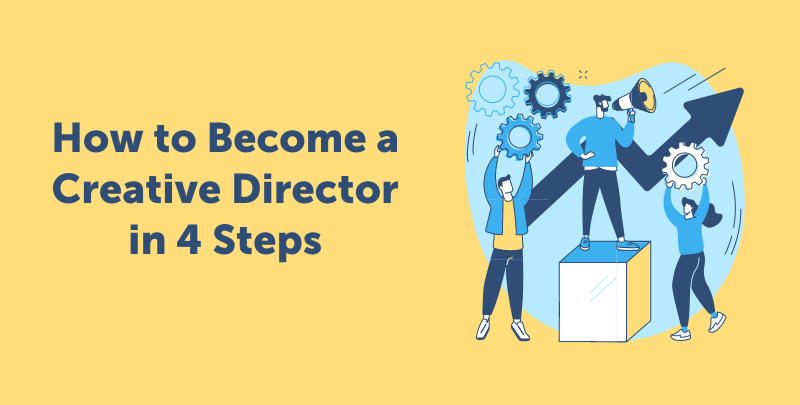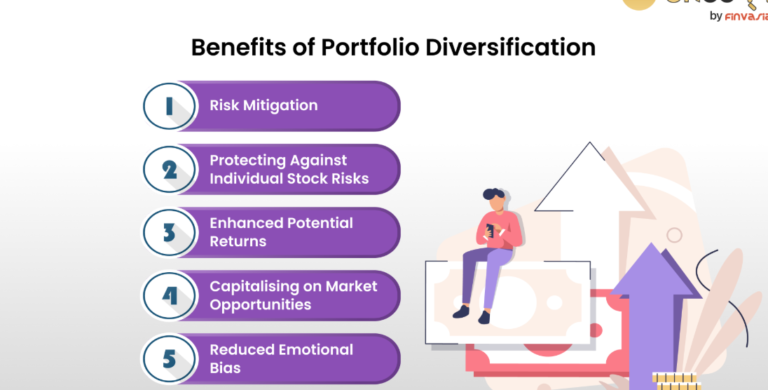
Are you fascinated by the art of storytelling, branding, and design? Do you enjoy leading creative teams and bringing bold ideas to life? If so, you might be wondering how to become a creative director. This article is designed to guide you step-by-step through the exciting journey of building a career in one of the most dynamic roles in the creative industry. From essential skills to educational pathways and real-world tips, we’ll cover everything you need to know to succeed in this sought-after position.
What Is a Creative Director?
Before discussing the specifics of becoming a creative director, it’s important to understand its roles. A creative director is the driving force behind projects’ visual and conceptual aspects. These professionals oversee creative teams, manage campaigns, and ensure the final product aligns with the company’s vision and goals.
Whether for advertising, fashion, entertainment, or branding, creative directors need a blend of artistic talent and leadership skills to succeed.
Responsibilities of a Creative Director
Creative directors wear many hats, and their responsibilities can vary depending on their industry. Here are some of their essential duties:
- Developing and communicating creative strategies.
- Supervising teams of designers, copywriters, and other creatives.
- Ensuring projects meet deadlines and stay within budget.
- Overseeing branding, advertising, or marketing campaigns.
- Collaborating with stakeholders, clients, and executives.
- Reviewing and approving designs, scripts, and visuals.
- Staying updated on industry trends and incorporating them into projects.
In short, creative directors are visionaries who bring big ideas to life while managing the small details that make them successful.
Why Is Becoming a Creative Director a Dream Job?
Creative direction is not just a job; it’s a passion-filled career that offers opportunities for growth and personal satisfaction. Here are a few reasons why so many people dream about how to become a creative director:
- Creative Freedom: Creative directors often have the final say on project design and execution, giving them a unique chance to shape the vision.
- Leadership Opportunities: As a leader, you’ll inspire and guide a team of talented creatives.
- Diverse Career Paths: Creative directors work across various exciting industries, from fashion and film to advertising and publishing.
- Competitive Salaries: With experience, creative directors can earn impressive salaries, often accompanied by additional perks.
- Recognition and Legacy: Your work will leave a lasting impression, helping brands, films, or campaigns stand out.
If these benefits excite you, you’re already on the right track to learning how to become a creative director!
Skills You Need to Become a Creative Director
To achieve success in this role, you’ll need to master a variety of skills. While creativity is the foundation, it’s not the only thing you’ll need. Here are the essential skills for anyone aspiring to become a creative director:
Hard Skills
- Design and Visual Arts: Proficiency in design tools like Adobe Creative Suite (Photoshop, Illustrator, InDesign).
- Copywriting: Strong writing and editing skills to oversee ad copy, scripts, or other creative materials.
- Project Management: Experience managing complex projects from conception to execution.
- Tech Savviness: Familiarity with digital tools, platforms, and emerging technologies like AI in design.
Soft Skills
- Leadership: The ability to motivate and lead a team.
- Communication: Clear communication with both creatives and clients is vital.
- Problem-Solving: Handling challenges with innovative solutions is part of the job.
- Time Management: Meeting tight deadlines without compromising quality.
Being a creative director is like being the captain of a ship—you need both the creative vision and the technical know-how to navigate through smooth and stormy waters.
Education and Training: Your First Step
When people ask how to become a creative director, one of the first things that comes to mind is education. While there’s no single pathway, most successful creative directors have formal training in a related field.
Recommended Degrees
Pursuing a bachelor’s degree is a common first step. Here are some popular degrees to consider:
- Graphic Design
- Advertising
- Fine Arts
- Film and Media Studies
- Marketing
- Communication Design
Some creative directors pursue master’s degrees or attend specialized programs to deepen their expertise. However, hands-on experience often carries as much weight as formal education.
Certifications to Boost Your Resume
In addition to a degree, certifications can make you stand out. Consider obtaining certifications in:
- Project management (e.g., PMP, Agile).
- Design software (e.g., Adobe Certified Professional).
- Marketing (e.g., Google Ads Certification).
Gaining Real-World Experience
When exploring how to become a creative director, gaining practical experience is necessary. You can’t lead a team if you’ve never been in the trenches.
Entry-Level Roles to Start With
To build your foundation, start with entry-level positions like:
- Graphic Designer
- Copywriter
- Social Media Coordinator
- Art Director Assistant
- Junior Content Producer
These roles will help you understand the creative process and develop the technical and collaborative skills required to excel.
Internships: A Gateway to the Industry
Internships are invaluable for gaining exposure, building connections, and adding relevant projects to your portfolio. Many creative directors start their journey by interning at agencies, production houses, or media companies.
Climbing the Career Ladder
After gaining experience, it’s time to focus on climbing the ranks. Most creative directors begin their careers in mid-level roles before advancing to leadership positions.
Typical Career Path
- Junior Designer/Copywriter: Gaining technical skills and learning the ropes.
- Art Director: Overseeing the visual aspects of projects.
- Creative Lead: Managing small teams and projects.
- Creative Director: Leading entire creative departments or projects.
The journey isn’t linear, and it requires consistent effort and adaptability. Keep honing your skills, building your portfolio, and networking.
Building an Impressive Portfolio
Your portfolio is your creative passport—it showcases your skills, experience, and unique perspective. A strong portfolio is non-negotiable when considering how to become a creative director.
Tips for Crafting Your Portfolio
- Show Diversity: Include projects from different industries and styles.
- Highlight Leadership: Showcase work where you led a team or developed a concept.
- Keep It Updated: Regularly add new projects to reflect your current skills.
- Use Storytelling: Include case studies that explain your creative process and the impact of your work.
- Go Digital: A professional website or online portfolio platform is a must.
Networking: The Power of Connections
Networking is crucial to becoming a creative director. Creative industries thrive on relationships, and your connections can open doors to exciting opportunities.
Where to Network
- Industry Events: Attend conferences, workshops, and exhibitions.
- Social Media: Platforms like LinkedIn, Instagram, and Behance are great for connecting with other creatives.
- Professional Organizations: Join groups like the American Institute of Graphic Arts (AIGA) or the Art Directors Club.
Tips for Successful Networking
- Be genuine and approachable.
- Share your work and interests online.
- Collaborate with other creatives on passion projects.
Remember, networking isn’t just about landing a job—it’s about exchanging ideas, gaining inspiration, and building long-lasting relationships.
Overcoming Challenges in the Creative Field
While becoming a creative director is rewarding, it has challenges. Understanding these obstacles can help you prepare and persevere.
Common Challenges
- Tight Deadlines: Balancing creativity with time constraints.
- Client Expectations: Managing differing visions and feedback.
- Team Dynamics: Motivating and coordinating diverse personalities.
- Creative Blocks: Staying inspired and innovative under pressure.
How to Overcome Them
- Practice stress management techniques like mindfulness.
- Build a supportive team culture.
- Stay updated on trends and draw inspiration from different sources.
- Break large tasks into manageable steps.
Becoming a creative director is as much about resilience as creativity.
Frequently Asked Questions
How long does it take to become a creative director?
Becoming a creative director can take anywhere from 8 to 15 years, depending on your education, experience, and industry you’re.
Do I need a degree to become a creative director?
While a degree isn’t always required, it significantly increases your chances of landing the role. Skills and experience, however, are equally critical.
Can I become a creative director without being a designer?
Yes! While design skills are helpful, some creative directors have backgrounds in copywriting, filmmaking, or marketing.
Final Thoughts: Your Path to Creative Leadership
How to become a creative director isn’t a question with one answer—it’s a unique journey for everyone. With passion, hard work, and strategy, you can turn your creative dreams into reality. Focus on building your skills, gaining experience, and showcasing your leadership potential.
The road may be long, but the rewards are worth it. As a creative director, you have the power to shape ideas, inspire teams, and leave an unforgettable mark on the world. What are you waiting for? Start working toward your dream today!



